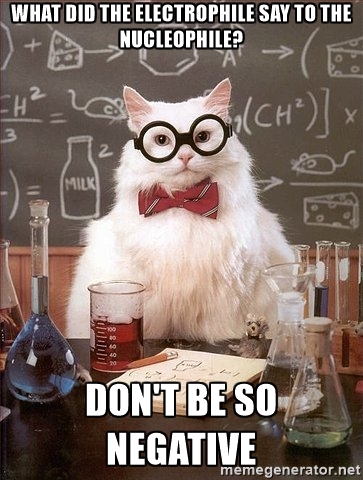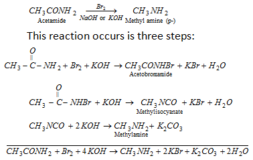Electrophiles & Nucleophiles

source : chemwiki.ucdavis.edu
Type of Attacking Reagents.
Attacking reagents are of two types-
- Electrophilic Reagents or Electrophiles
- Nucleophilic reagents or nucleophiles
Electrophilic Reagents
These are also called electrophiles. These are electron deficient or electron loving. These species carry either positive charge or electron deficient molecules. So a reagent which can accept an electron pair in a reaction is called an electrophile. Generally these contain two electrons less than the octet. These attack regions of high electron density in the substrate molecule to complete the octet. These are represented by E+.
Ex.
Positively charged Electrophile —- H+, Cl+ (Chloronium ion), Br+ (Bromonium ion), I+ (Iodonium ion), NO2+ , NO+, NH4+ , R3 C+ & Other carbonium ions,
Neutral Electrophiles-
SO3, FeCl3, AlCl3, BF3, ZnCl2 etc.
Electrophiles act as lewis acids. The reactions involving the attack of electrophiles are known as electrophilic reactions
Nucleophilic Reagents –
These are also called nucleophiles. Nucleophile means nucleus loving. Nucleophiles are electron rich species. They normally possess an unshared electron pair which they can donate. They are either negative ions or neutral molecules, They attack regions of low electron density (positive centres) in the substrate molecule. It is represented by Nu–.
Ex.:
Negatively charged Nucleophiles— Cl– (chloride ion) , Br– ( Bromide ion), I– (Iodide ion), OH– , CN– Carbanions like CH3–, CH3CH2– etc.
Neutral nucleophiles — NH3, RNH2, H–O–H , R–OH , R–O–R , R–S–R.
Nucleophiles are capable of donating electron pairs, Therefore they act as Lewis base. The reactions involving the attack of nucleophiles are known as nucleophilic reactions.







